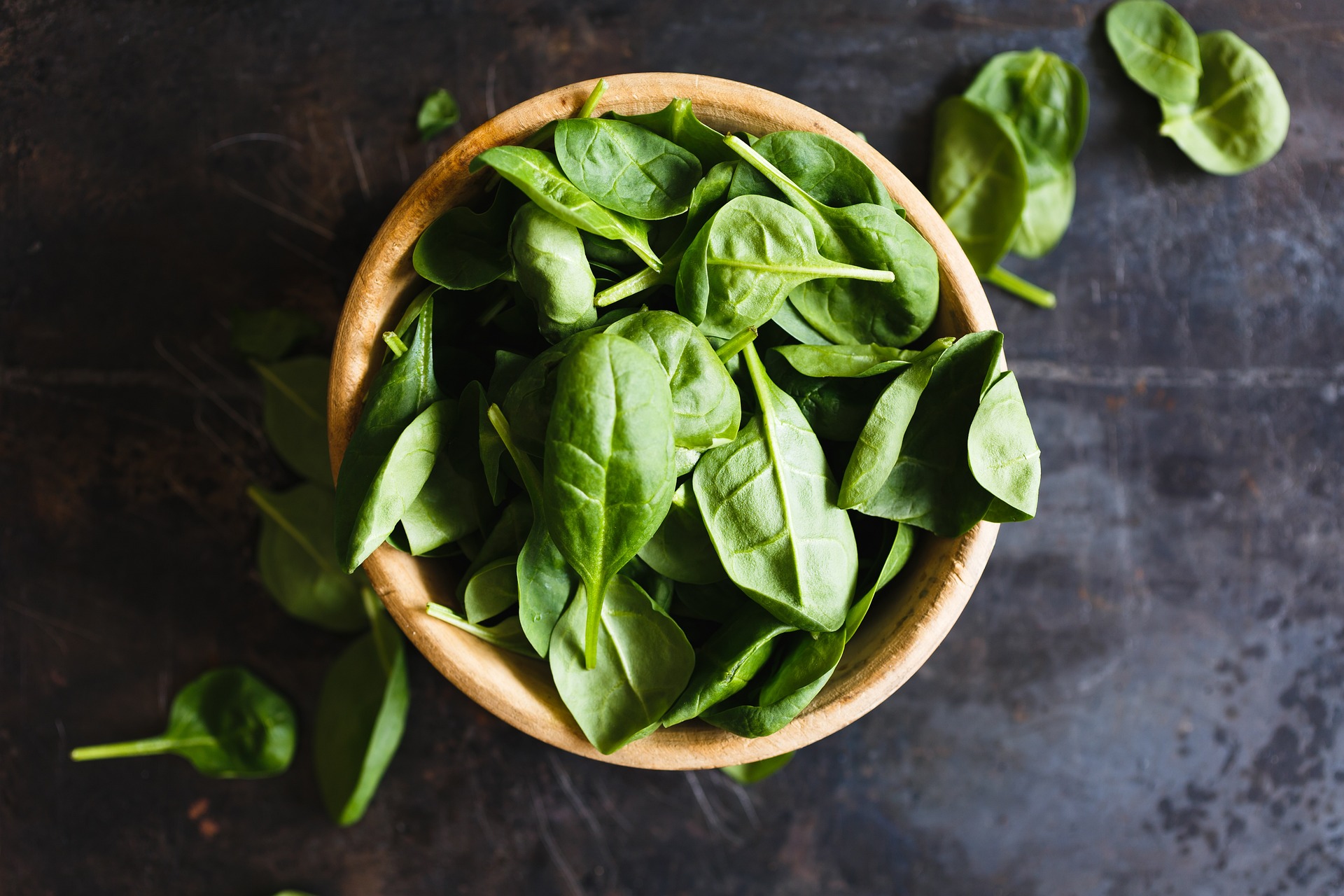Rediscovering the Magic of Food Through Modern Foraging
Are you ready to take your culinary journey to the next level? Modern foraging is an emerging food trend that invites you to explore the natural world and discover new flavors. This article will guide you through the ins and outs of this innovative culinary practice, discussing its key principles, benefits, and techniques.

Modern Foraging: A New Approach to Food
Modern foraging is a practice that takes us back to our roots, reminding us of our ancestral connection to the land. It encourages us to seek out wild, local, and seasonal produce, offering a rich palette of diverse flavors to experiment with in our kitchens. In the age of convenience and fast food, foraging provides a refreshing, sustainable alternative.
The Benefits of Foraging
Foraging offers numerous benefits, both for our health and the environment. Consuming wild foods introduces us to a range of novel nutrients, boosting our wellbeing. Additionally, foraging promotes sustainability by encouraging us to make use of what nature readily provides, reducing our reliance on industrial agriculture.
Techniques for Safe and Sustainable Foraging
Foraging requires specific skills and knowledge to ensure safety and sustainability. It’s crucial to correctly identify edible plants, mushrooms, and berries to avoid potential hazards. Additionally, responsible foragers must respect nature, only taking what they need and leaving minimal impact on the environment.
Foraging in the City
Urban foraging is a growing trend, demonstrating that foraging isn’t just for those living in rural areas. Cities are full of edible plants, from parks and community gardens to roadside trees. It’s an excellent way to connect with nature and explore the local food landscape, even in an urban setting.
Foraging in Your Kitchen: Dishes to Try
Foraging opens up a world of culinary possibilities. Wild garlic pesto, dandelion salad, and elderberry jam are just a few examples of the exciting dishes you can create with foraged ingredients. Exploring these flavors can truly transform your cooking, offering fresh, vibrant alternatives to store-bought produce.
-
Foraged Ingredients to Look For:
-
Nettles: High in vitamins, nettles make a great addition to soups or stews.
-
Wild Garlic: Ideal for pesto, pasta, or salads.
-
Dandelion: Not just a weed, dandelion leaves are perfect for salads.
-
Elderberries: Make a delicious, immune-boosting syrup or jam.
-
Mushrooms: Many varieties exist, but always ensure you can correctly identify them.
-
In conclusion, modern foraging is a dynamic, rewarding practice that allows us to connect with our food and nature in a deeply personal way. It not only enriches our diets with diverse, nutritious ingredients but also cultivates respect and appreciation for the environment. So why not step outside, basket in hand, and embark on your own foraging adventure?




